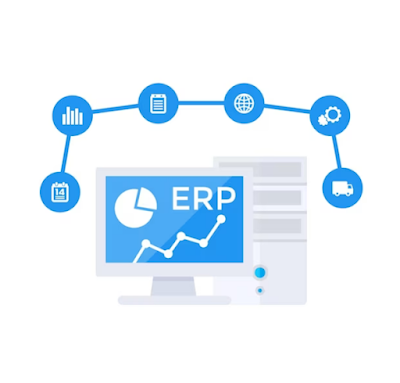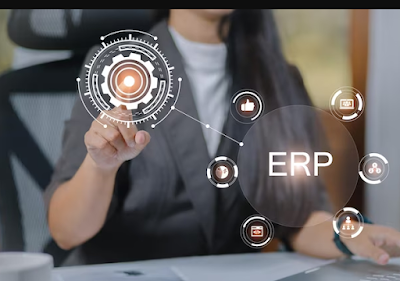Developing decentralized applications (dApps) on the blockchain
Understanding Decentralized Applications
Before we delve into the process of developing dApps, it is essential to understand what they are and how they differ from traditional applications. In a traditional application, the code and data are stored on a centralized server, which can be controlled by a single entity. In contrast, a dApp operates on a decentralized network, with the code and data distributed across multiple nodes or computers.
The decentralized nature of dApps provides several advantages, including:
- Security: Since the data is distributed across multiple nodes, it is more challenging to hack or compromise the system.
- Transparency: All transactions are recorded on the blockchain, providing a transparent and tamper-proof record of all activity.
- Reduced Costs: The absence of intermediaries such as banks or other financial institutions can result in lower transaction fees.
Developing a Decentralized Application
The process of developing a dApp can be broken down into several key stages:
Identify the problem: The first step in developing a dApp is identifying a problem that can be solved using blockchain technology. This could be anything from streamlining supply chain management to creating a decentralized social network.
Choose a blockchain platform: Once you have identified the problem you want to solve, the next step is to choose a blockchain platform to develop your dApp on. There are several options available, including Ethereum, EOS, and TRON.
Design your dApp: Once you have selected a blockchain platform, the next step is to design your dApp. This involves creating a plan for the user interface, functionality, and features of the application.
Develop smart contracts: Smart contracts are self-executing contracts that automatically enforce the terms of an agreement. They are a crucial component of any dApp, as they enable the execution of transactions on the blockchain. You will need to develop smart contracts using a programming language such as Solidity.
Test your dApp: Once you have developed your dApp, the next step is to test it thoroughly to ensure that it works as intended. This involves testing the functionality of the smart contracts, as well as the user interface and overall user experience.
Deploy your dApp: Once you have tested your dApp and are satisfied that it is ready for deployment, the next step is to deploy it on the blockchain. This involves uploading the smart contracts and other components to the blockchain network.
Tools and Technologies for Developing dApps
There are several tools and technologies available to help you develop dApps on the blockchain. Some of the most popular include:
Solidity: Solidity is a programming language used to write smart contracts on the Ethereum blockchain.
Remix: Remix is a browser-based IDE (Integrated Development Environment) used for developing and testing smart contracts.
Truffle: Truffle is a development framework for Ethereum that provides tools for compiling, testing, and deploying smart contracts.
Web3.js: Web3.js is a JavaScript library used to interact with smart contracts on the Ethereum blockchain.
Conclusion
Developing decentralized applications (dApps) on the blockchain requires a solid understanding of the technology and the tools and technologies required to build them. By following the steps outlined in this blog and using the right tools, you can develop secure, transparent, and cost-effective dApps that can revolutionize the way we interact with each other and conduct business online.
%20on%20the%20blockchain.png)



Comments
Post a Comment